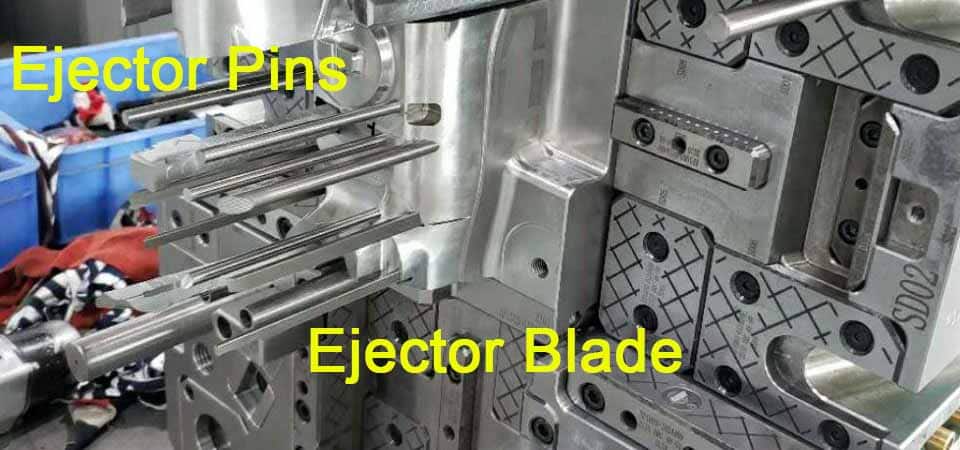SAFEGUARDING THE MOLD

A mold is an extremely expensive tool.
The engineers may have to spend several hundred (sometimes thousands) of hours developing and creating their products before these are ready for manufacturing.
In addition to the fix expense, destroyed molds result in dropped fabrication and machine recovery times, which can result in financial obligations for the molder and consumer.
However, molds are usually made of high-grade steel, but they are prone to damage, especially when it comes to the cavity and parting lines.
Consequently, molds must be treated with utmost care throughout the creation process, as well as during storage.
New Molds
New molds require all the protection just as old molds.
Initial article on the protection schedule for a new mold must be to open it on the parting line.
Pry bar groove needs to be made into two opposition sides on one half to permit usage of pry bars for simple opening.
After the mold is opened, a complete evaluation of the repairs must be made of all revealed areas to make sure that no evident deterioration has took place in the delivery.
Cavity surfaces must be investigated in details, in search of peened parting lines,dinged surfaces, cracked core pins, absent ejectors, etc.
After this check is accomplished, the sprue bushing and positioning ring ought to be evaluated to confirm they match the planned machine and own the appropriate size for the plastic that will likely be made.
Sprue bushings need to have a glossy and refined internal coned opening.
Any scars may cause trouble for each time molding.
Motions , which include cams and ejector units, must be initialized manually , to ensure they are functioning efficiently and correctly.
Cutting oils and lubricants has to be washed away and a thorough inspection ought to be created for metallic
chips, filings, and dust.
Filthy cutting oils and lubricants will result in scrapes and/or seize of metallic surfaces and should be eliminated.
Ensure vents exist and repaired.
The complete mold, which includes exterior surfaces, cool lines, vent slot, and cavity surfaces should be cautiously cleaned out and dispersed with a protecting finish.
The particular protective coating is determined by just how long that will pass prior to the mold is tested or operate.
Temporary storage (up to 4 days) simply needs a light spray of vegetal oil or moderate corrosion preventive .
But longer-term storing (Six to Four weeks) will demand a thicker layer, and extremely long haul storing (Four weeks or longer), a particular layer that is intensively employed.
The exterior areas should also have corrosion preventive employed.
Waterlines should be dispersed with corrosion preventive for temporary storing, and stuffed with conveniently solucionable foam for long-lasting storing.
